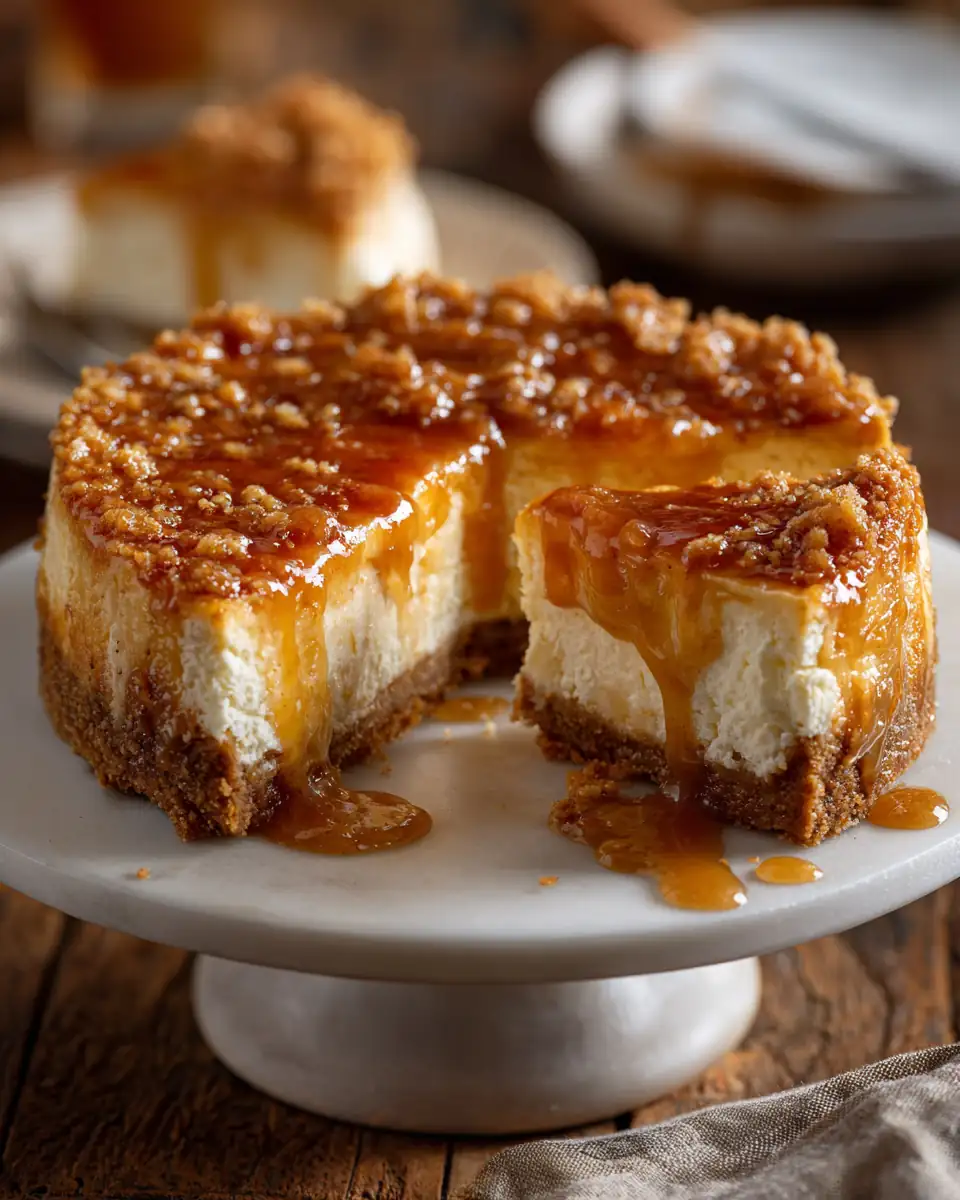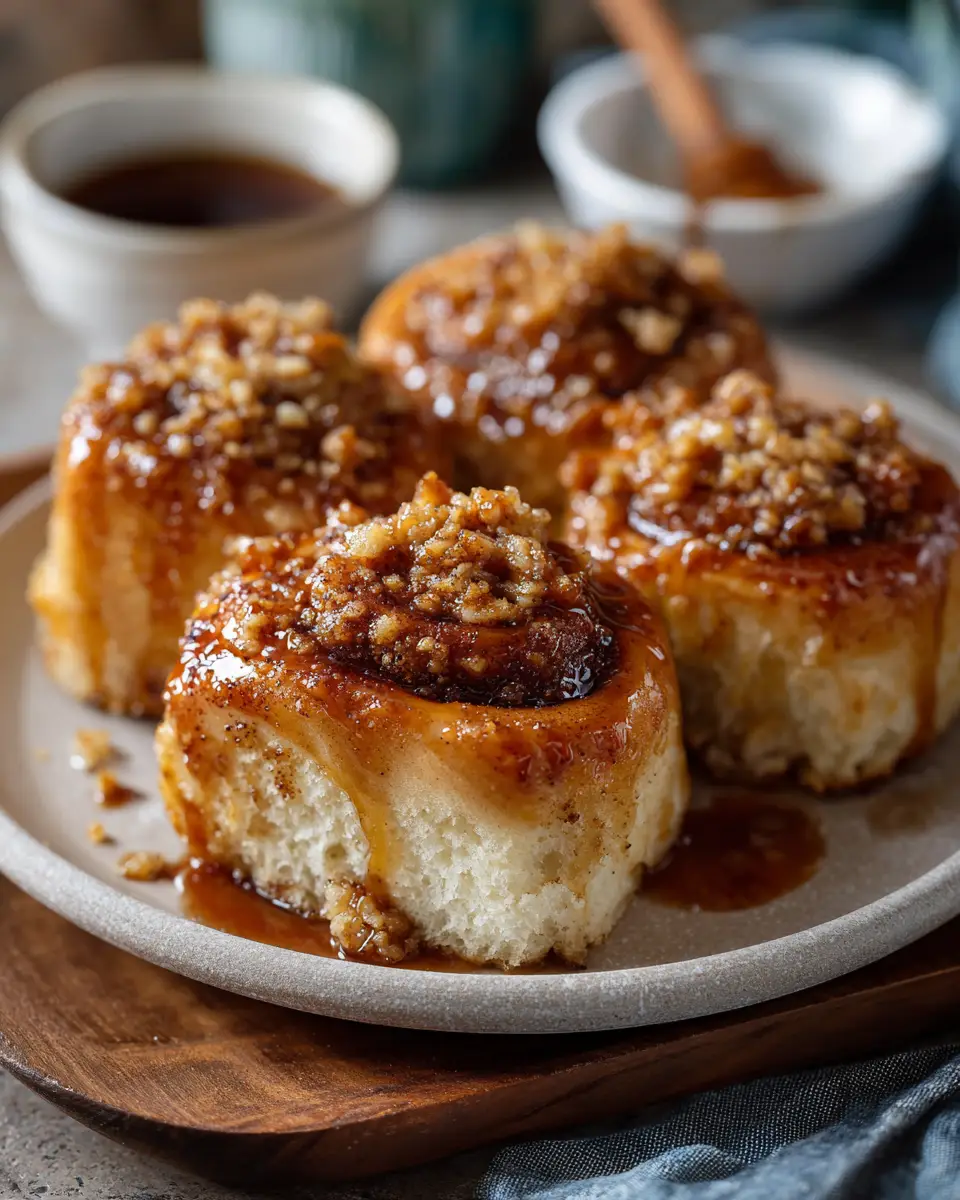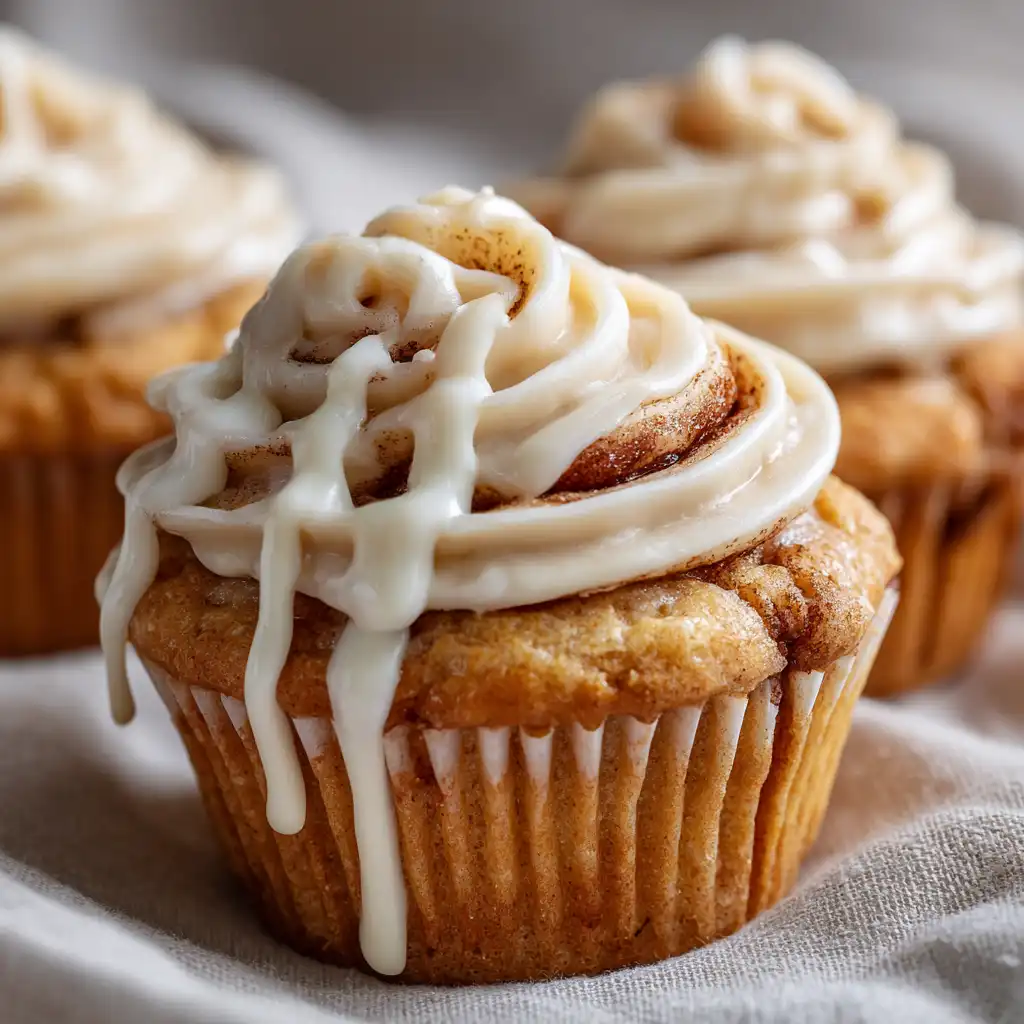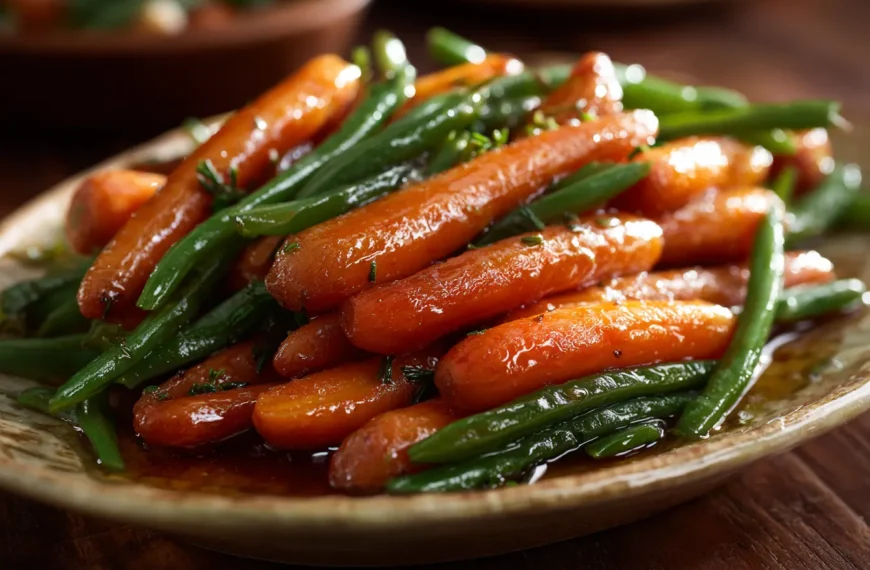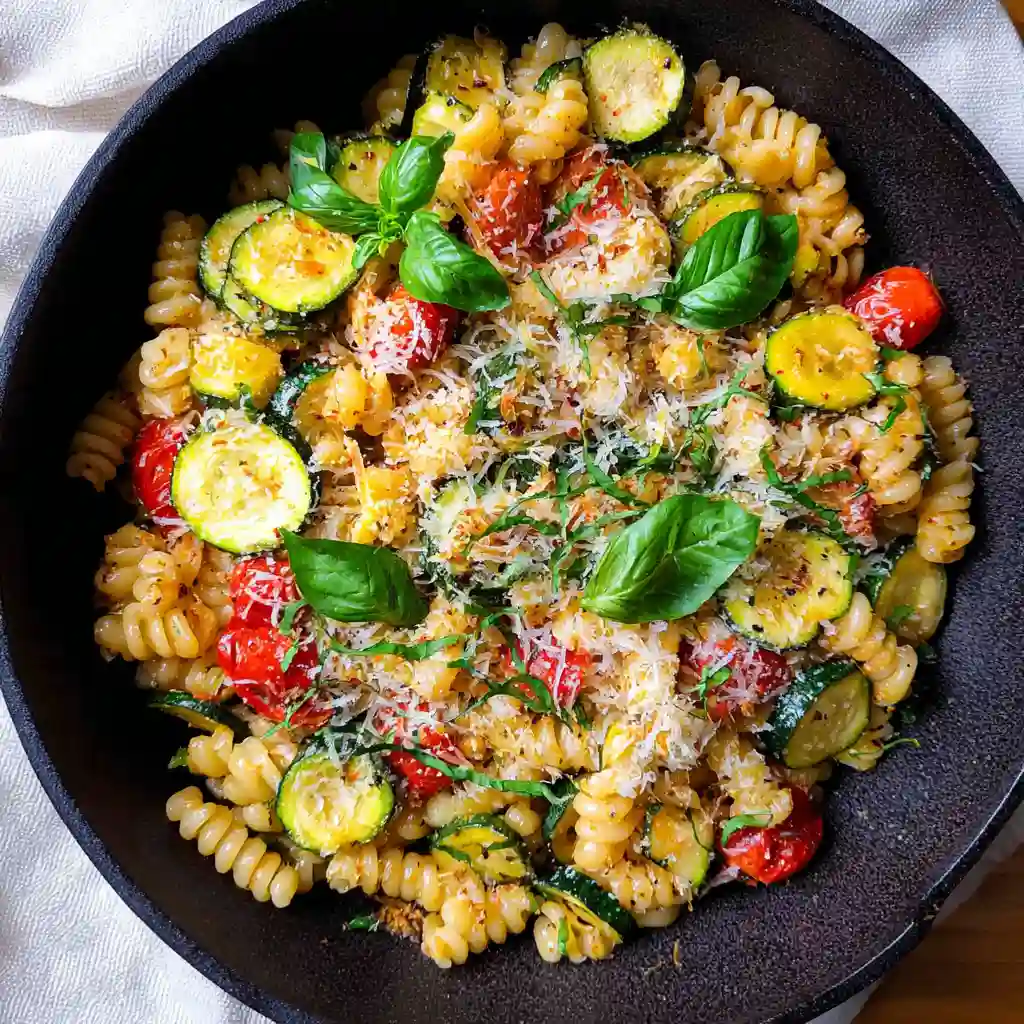Introduction
Apple cider cheesecake captures everything comforting about fall in one slice. Picture the sweet tang of spiced cider boiled down into syrup, folded into silky cream cheese, then baked low and slow until perfectly set. It’s rich, it’s cozy, and it’s got just enough spice to remind you of crisp air and changing leaves.
This is not your average cheesecake. The crust is buttery and lightly sweet. The filling has depth—thanks to apple cider reduction and mulling spices—while sour cream and brown sugar add tang and warmth. It’s balanced and bold without being heavy, and it’s made for slow, deliberate bites with a cup of something warm.
Where Flavor Starts—Apple Cider and the Crust
The Heart of the Recipe: Reduced Apple Cider
Apple cider cheesecake gets its signature flavor from one key process: boiling the cider into syrup. It sounds simple, but this step does the heavy lifting in the final flavor. You’ll start with three full cups of fresh apple cider—Honeycrisp if you want a little extra tang—and let it bubble away with mulling spices. Over the next hour, the water evaporates, the sugars concentrate, and what’s left is liquid gold: about 1/3 cup of deep, sticky cider reduction.
This reduction doesn’t just taste like apples—it tastes like fall. That rich, spiced base infuses the entire cheesecake with warmth and brightness, giving it character beyond plain vanilla or even pumpkin.
Building the Buttery, Balanced Crust
Before that creamy filling comes in, the base has to hold its own. The crust here is made with crushed digestive biscuits or graham crackers—whichever you prefer for sweetness or texture. Melted butter, a pinch of salt, and powdered sugar bring it all together into sandy, wet crumbs that press easily into the pan.
After a quick bake, the crust firms up just enough to support the thick filling, and then it chills while you prep the rest. It’s not overly sweet, which lets the apple cider cheesecake take the spotlight where it matters most—in every rich, spiced bite.
Mixing the Filling—Creamy, Spiced, and Apple-Kissed
Getting the Cream Cheese Base Right
The filling for this apple cider cheesecake is smooth, structured, and layered with fall flavor. It all starts with cream cheese—three full bricks, softened and ready to work. You’ll beat the cream cheese with brown sugar until no lumps remain. This step takes patience, and a few pauses to scrape the bowl are essential. The goal is velvety texture from the start.
Once that base is lump-free, it’s time to deepen the flavor. Add sour cream for tang, a dash of salt to balance the sweetness, and pure vanilla extract for warmth. The reduced apple cider goes in next, bringing a subtle tartness and that unmistakable fall aroma.
A touch of cinnamon rounds everything out, bridging the spice from the cider reduction to the rest of the filling. You don’t want to overpower the apples—you want to lift them.
Eggs and Flour—The Final Step Before Baking
Now comes the part that turns your mixture into a real cheesecake: structure. Eggs go in one at a time, blending just until incorporated. No overmixing. This keeps air out of the batter and prevents cracking later. Last, a spoonful of flour gives the filling enough body to hold together when sliced but keeps it creamy through the center.
Once the filling is silky, pour it into the cooled crust. It should settle into a smooth, even layer. The pan then goes into a water bath to bake low and slow at 325°F. This step is what gives apple cider cheesecake its delicate, custardy texture—no rubbery edges, no sinking centers, just clean, creamy perfection from edge to middle.
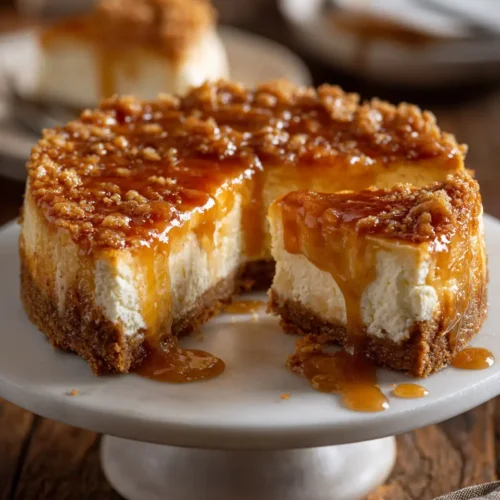
Apple Cider Cheesecake
Ingredients
- Crust
- 2 cups digestive cookies or graham crackers 270g
- ½ cup butter melted 113g
- 1/4 teaspoon salt
- 2 tablespoons powdered sugar
- Filling
- 3 cups fresh apple cider honeycrisp cider is more tart!
- mulling spices
- 3 cream cheese bricks 227g each softened and at room temperature
- 1 cup brown sugar 220g
- ½ teaspoon salt
- 2 teaspoons pure vanilla extract
- 1 cup sour cream 240g
- 1/3 cup reduced apple cider from above
- 1 teaspoon cinnamon
- 3 large eggs
- 2 tablespoons all purpose flour
Instructions
- Boil the cider with the mulling spices on high in a large pot for about 1 hour, until it has reduced to a thick syrup and you have about 1/3 cup. Set aside and allow to cool.
- Preheat the oven to 350 F.
- Make the crust in your food processor: pulse the cookies until finely ground, add the butter, salt and sugar and pulse until it all comes together in wet crumbs.
- Press the crumbs into an 8” round springform pan wrapped with foil or into a 8″ wide, 3″ high cake pan greased and lined with parchment paper. Bake for 10 minutes. Allow to cool then chill.
- Lower oven temperature to 325 F.
- In a stand mixer fitted with the paddle attachment, beat the cream cheese and sugar until the mixture is completely lump free. This can take a few minutes and you will likely need to scrape down a few times.
- Add the sour cream, vanilla, salt, cinnamon and reduced cider and pulse again repeatedly scraping down and beating until you have a very creamy mixture.
- Add the eggs and flour and beat until just combined – no more.
- Place the cheesecake pan in a 13×9” pan filled with hot water.
- Pour your filling into the crust and bake for 90 or more minutes, until you can shake it and the edges look set but the middle is still wobbly.
- Shut off the oven but leave the cheesecake in. Use a wooden spoon to crack open the oven door. Let the cheesecake cool inside for about 30 minutes.
- After the 30 minutes, close the oven door and allow the cheesecake to cool for another 15 minutes.
- Remove from oven and let cool on the counter, once cool place in fridge for 8 hours before serving.
Bake Low, Cool Slow—The Secret to a Perfect Texture
Gentle Baking in a Water Bath
After pouring your apple cider cheesecake filling into the crust, it’s time for one of the most important steps: the bake. You’ll place the cheesecake pan inside a larger 13×9″ pan, then fill that outer pan with hot water. This water bath ensures the cheesecake bakes gently and evenly. It helps prevent cracks, curdling, or overcooked edges.
With your oven set to 325°F, the cheesecake bakes for at least 90 minutes. Check it around that time by gently shaking the pan—the edges should look set, but the center should still jiggle like soft-set pudding. That’s your cue to stop.
Overbaking is one of the biggest risks with cheesecake, but this slow method keeps the texture silky and sliceable.
Cooling in Stages for a Creamy Finish
Now comes the hardest part—waiting. Turn off the oven, crack the door with a wooden spoon, and let the cheesecake cool in the oven for 30 minutes. This soft transition prevents the sudden temperature change that can cause sinking or cracking.
Then close the door again and let it sit for another 15 minutes. After that, bring the cheesecake to the counter. Don’t rush it. Let it cool fully before transferring it to the fridge.
Refrigeration is where apple cider cheesecake becomes its best self. It needs at least 8 hours in the fridge—overnight is ideal. During this time, the texture sets completely, and the flavors meld into one smooth, spiced, balanced dessert. You’ll be rewarded with perfect slices and a flavor that feels both bright and cozy.
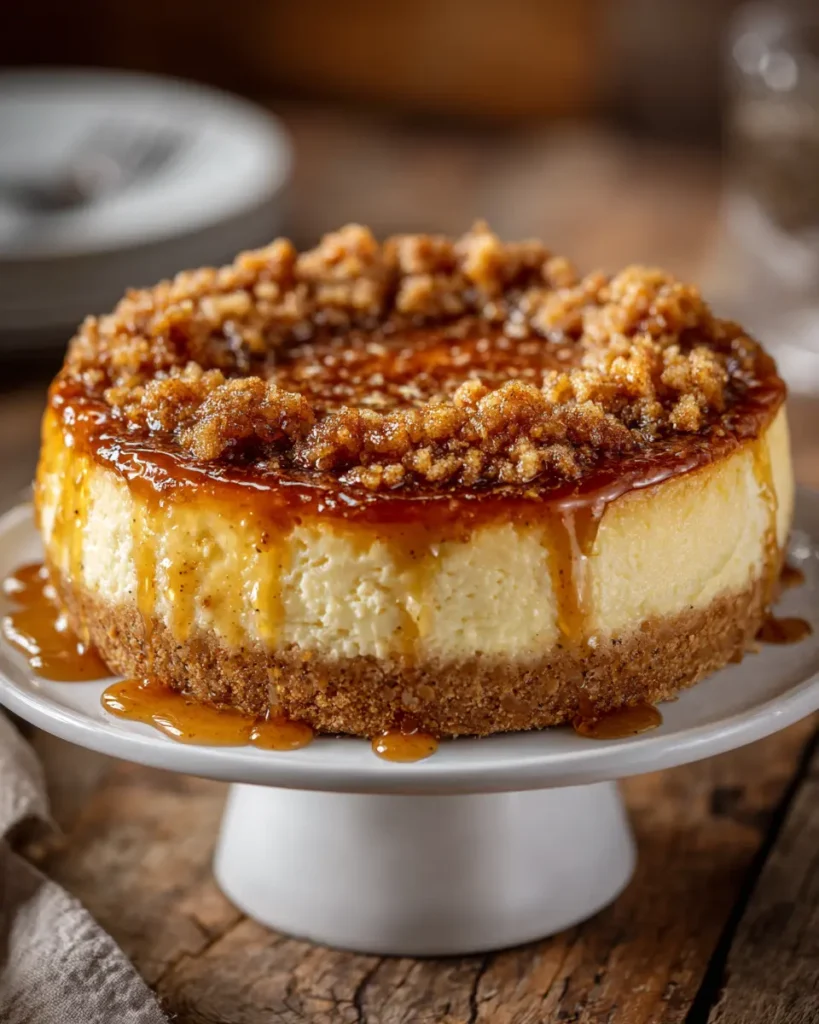
Frequently Asked Questions about Apple Cider Cheesecake
1. Can I use store-bought apple cider for this cheesecake?
Yes, store-bought apple cider works well, but fresh-pressed apple cider—especially from tart apples like Honeycrisp—gives this apple cider cheesecake a richer, more concentrated flavor. Avoid apple juice, as it lacks the depth needed for a strong cider reduction.
2. Why does the apple cider need to be reduced?
Reducing the apple cider transforms it into a thick, syrup-like concentrate that carries deep apple flavor and a touch of natural sweetness. This reduction infuses the cheesecake filling with bold fall flavor without watering it down.
3. How do I know when the apple cider cheesecake is done baking?
The edges should look set and firm, but the center should still jiggle slightly when the pan is gently shaken. It will continue to set as it cools. Overbaking can cause cracks or a dry texture, so trust the wobble test and let it rest in the oven afterward.
4. Can apple cider cheesecake be made ahead of time?
Absolutely. In fact, it’s best made a day ahead to give it time to chill and set completely. After baking and cooling, refrigerate the cheesecake for at least 8 hours—or overnight—for the perfect texture and flavor.
Conclusion
Apple cider cheesecake is more than a seasonal dessert—it’s a showstopper with warmth in every bite. From the deep, syrupy cider reduction to the creamy filling and buttery crust, this cheesecake balances richness with brightness, spice with sweetness. It’s the kind of dessert that makes you pause, savor, and maybe even go back for a second slice.
Whether you’re celebrating fall, hosting friends, or just craving something that feels like a cozy hug, this recipe delivers. Simple ingredients, thoughtful steps, and patience are all it takes to create something unforgettable.
Make it once, and it’ll become your go-to autumn classic.
